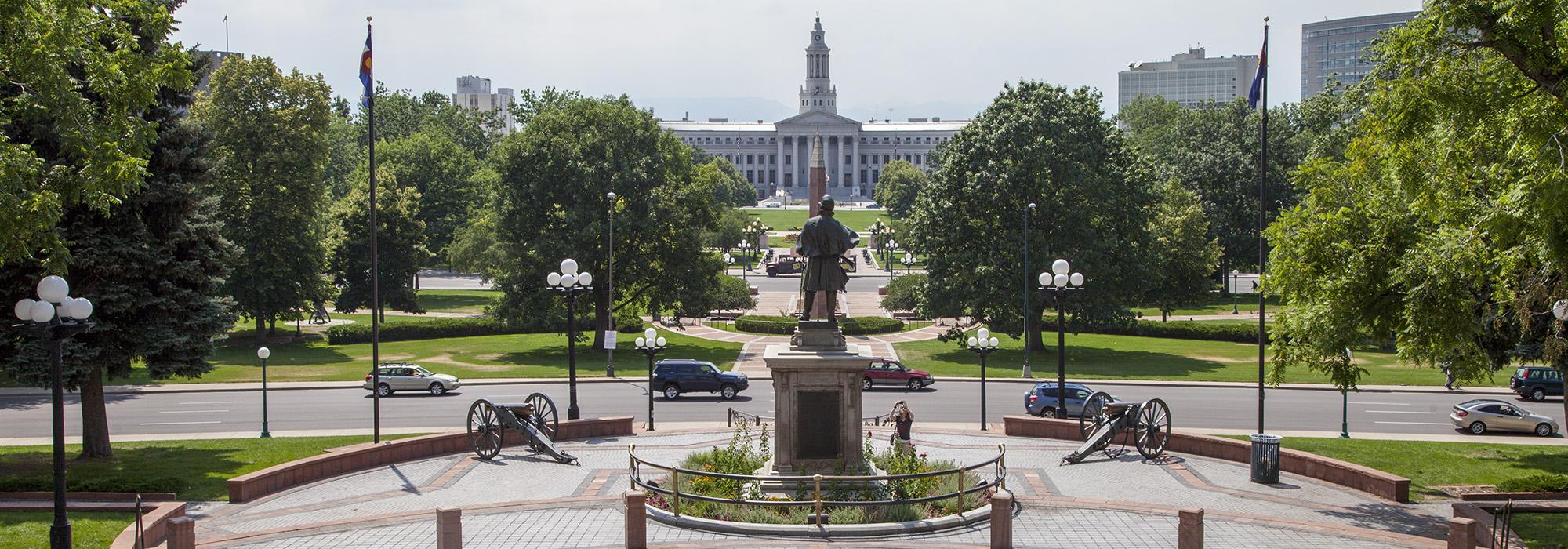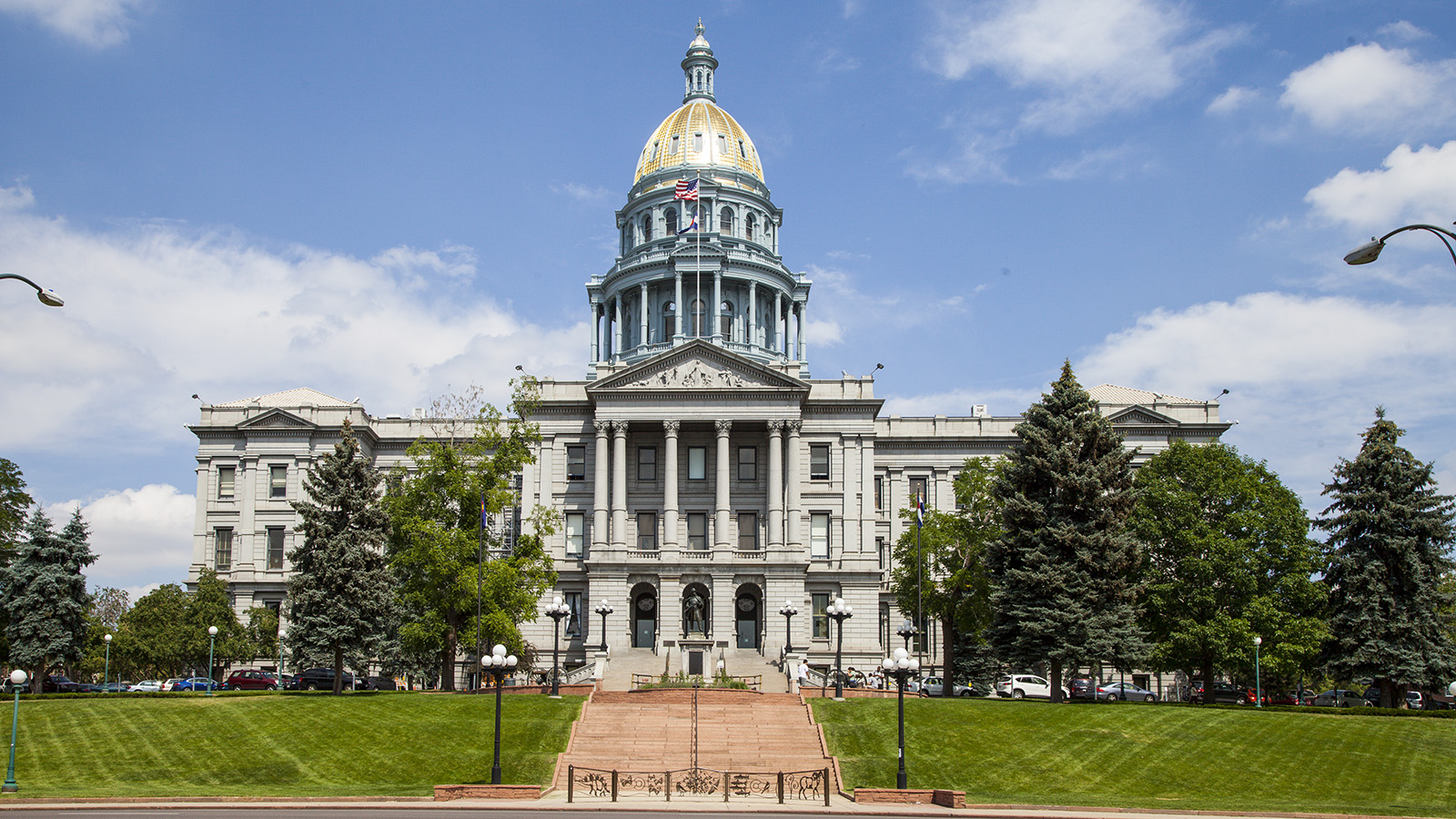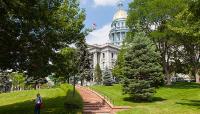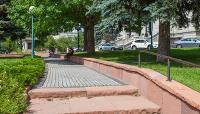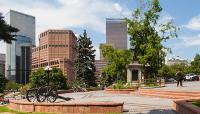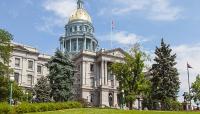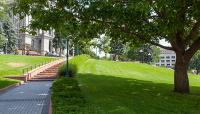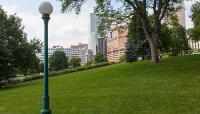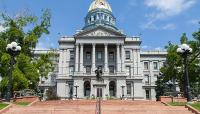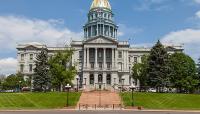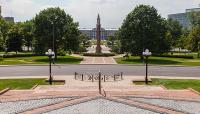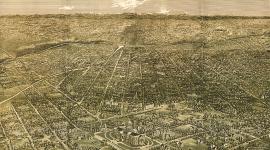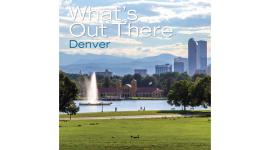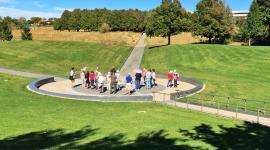Landscape Information
Surrounding the massive neoclassical Capitol constructed between 1890 and 1908, Reinhard Schuetze set the precedent for all subsequent development of Denver’s Civic Center Park with his design in 1895. Situated on a terraced rise and encircled by a loop road, the Capitol faces west to overlook the city and the distant Rocky Mountains. The interior of the loop road, planted with evergreen shrubs, softens the transition to the granite statehouse while the exterior is sectioned into quadrants of densely planted, naturalistically grouped coniferous and deciduous trees.
The symmetrical Beaux Arts plan extends axial views and pedestrian circulation patterns westerly down a sloping lawn to the Civic Center below. Organizing the east-west axis of the grounds, grand stairs comprised of the same granite as the statehouse leads to the Capitol’s portico. A sequential series of panoramic viewing points, sweeping promenades, sandstone stairs, and paved plazas provide access to a terraced lawn, punctuated by oak, walnut, linden, and spruce trees. The entire complex is framed by a double allée of elms which create a park-like environment while mitigating noise and views of traffic on surrounding streets.
In 1909 two Civil War cannons were installed on the west lawn flanking the Colorado Soldiers Monument, sited in the center of the axial walkway. Ninety years later, these were relocated to a central paved plaza and two symmetrical, arced walkways were installed, thus dividing the lawn into triangular segments. Over the years, a number of other monuments have been added to the grounds. In 2005 Phillip Flores provided an updated master plan for the Capitol which, as part of the Civic Center, was listed as a National Historic Landmark in 2012.



